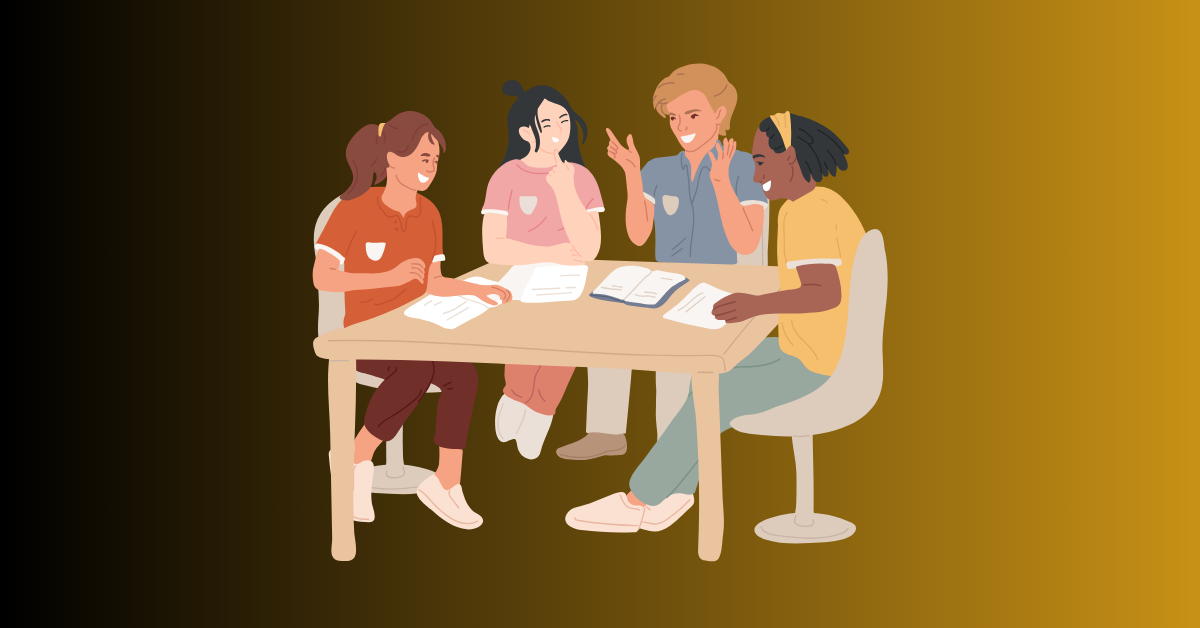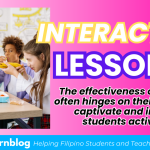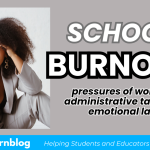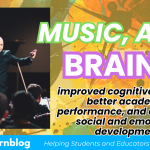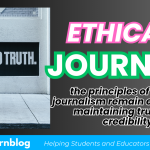Now, imagine the superpower that happens when you combine these two strategies: visualizing and collaborating. Picture this: you and your study group are tackling a challenging topic. As you discuss key points, each group member shares their mental images of the material, creating a shared visual landscape. Someone might visualize a historical event as a timeline on a map, while another imagines it as a sequence of dramatic scenes. As these images come together, you reinforce your understanding from multiple angles and perspectives.
While group studies and visualization each offer unique advantages, the best results often come from integrating the two methods. Here’s how students can combine these techniques for a more holistic approach to learning:
Collaborative Mind Mapping helps Group members create mind maps together. This encourages interaction, ensures multiple perspectives, and results in a visual representation of key concepts that everyone can refer to later.
Group-Based Problem Solving with Visual Aids when tackling complex problems, students can work together to create visual aids like flow charts or diagrams that clarify their thought process and ensure everyone is on the same page.
Using Visuals to Support Group Presentations: Group study sessions can involve creating visual materials that help present information clearly and effectively to others.
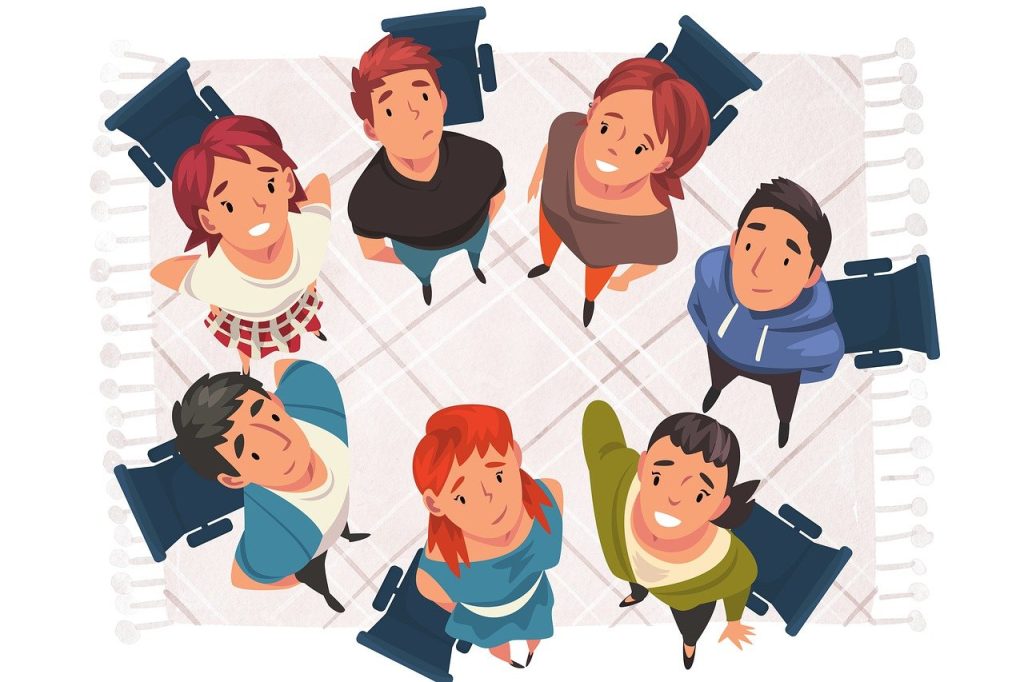
This combination of mental imagery and group discussion turns studying into an interactive and multi-sensory experience, which enhances both memory and comprehension. Here are a few tips to merge these techniques:
Group Visualization Sessions helps as a group, collectively visualize a concept or process. For instance, if you’re studying biology, work together to mentally walk through the stages of cellular respiration, with each member adding their own mental imagery to the process.
Interactive Mind Mapping could help a group draw a giant mind map on a whiteboard or digital platform. As you create connections, each person can mentally visualize how the pieces fit together, strengthening retention through shared imagery and discussion.
Both group studies and visualization offer valuable tools to enhance learning. Group studies promote active collaboration, diverse perspectives, and motivation, while visualization taps into the power of the mind’s ability to process and retain information visually. When used together, these methods create a dynamic learning environment that can lead to better understanding, improved memory, and a deeper connection with the material.
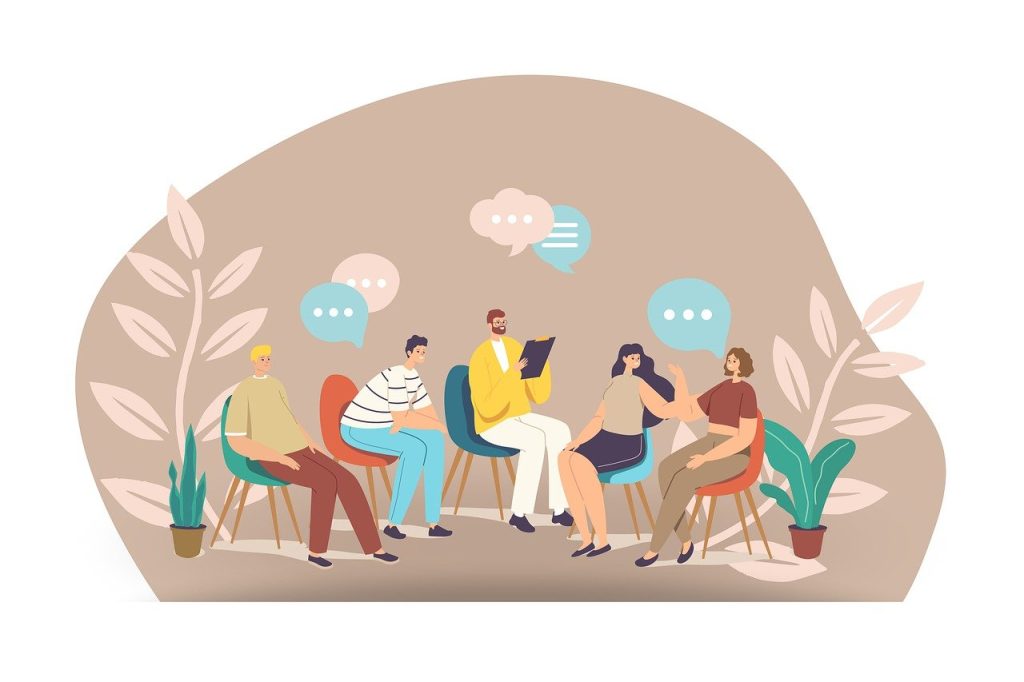
Students who embrace these techniques and adapt them to their learning styles will not only perform better academically but also develop skills that will benefit them in future collaborative and professional settings. Whether preparing for exams, tackling assignments, or mastering a difficult concept, group studies and visualization can make a world of difference.
In the race to academic success, it’s not just about the hours you put in but how effectively you use your time. By integrating visualization techniques with the power of study groups, you can transform the way you learn. These strategies not only enhance memory retention but also make studying a more engaging and collaborative experience. So the next time you crack open your textbooks, remember: a little mental imagery and a lot of collaboration could be the key to mastering your studies and acing those exams!
